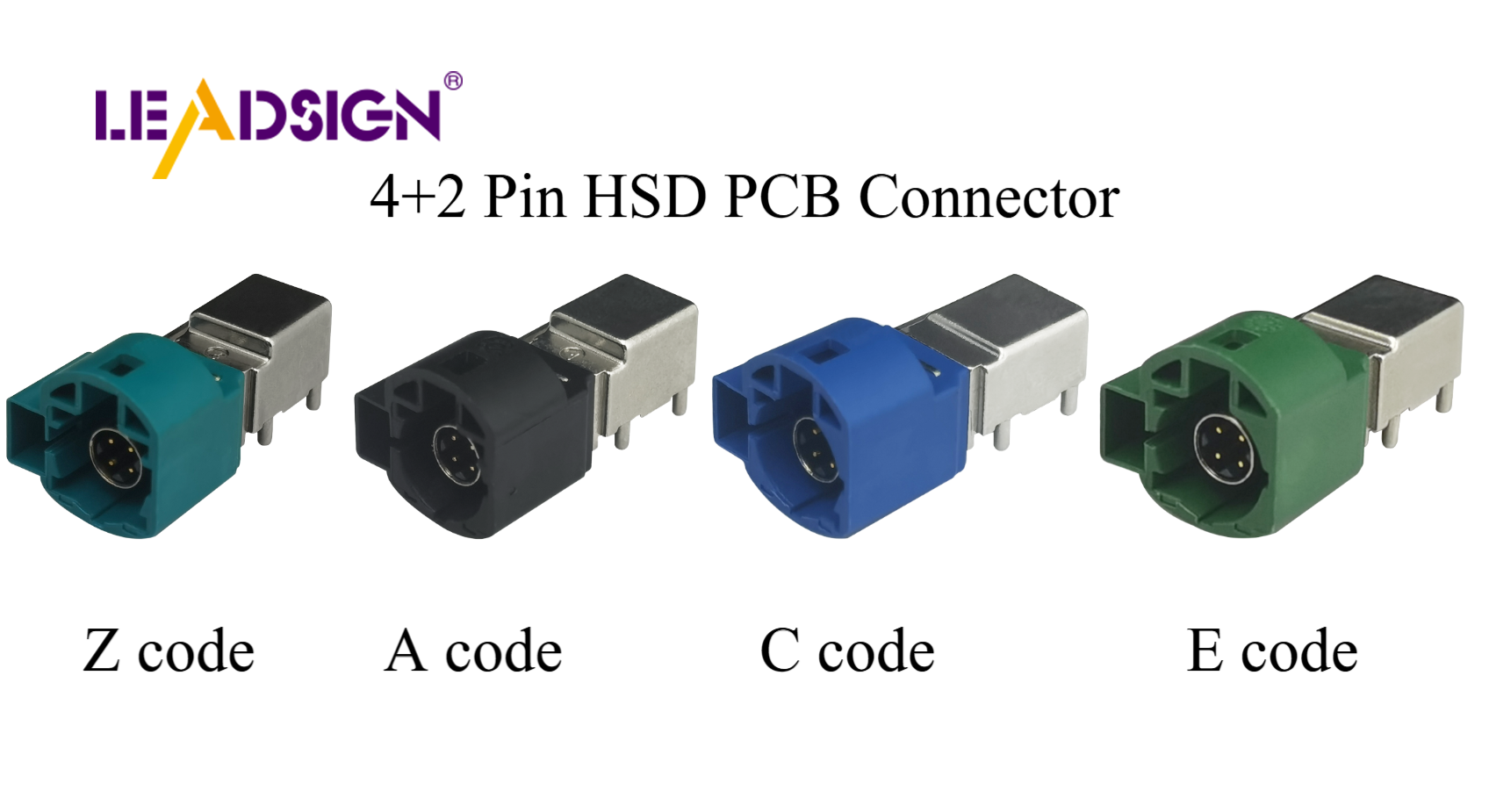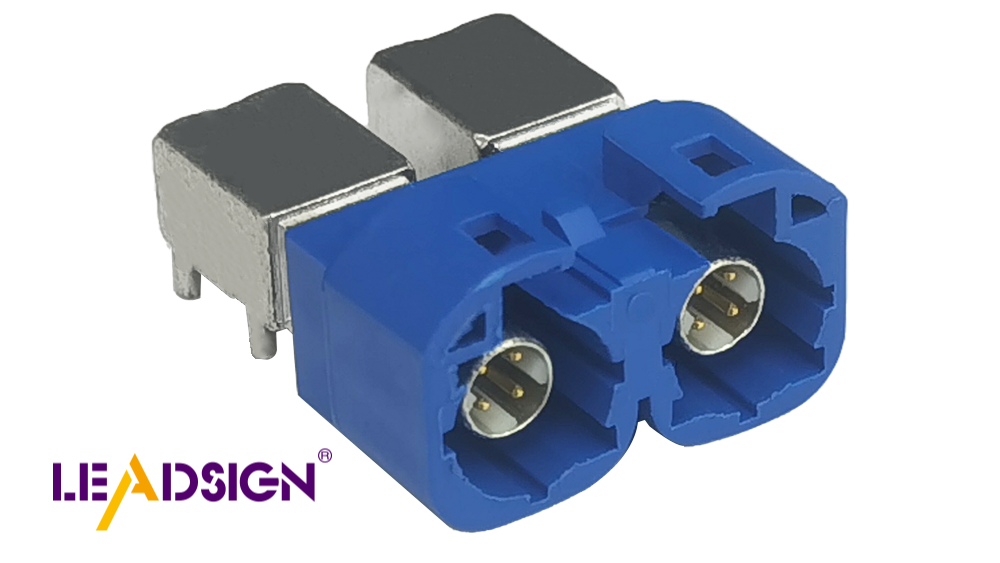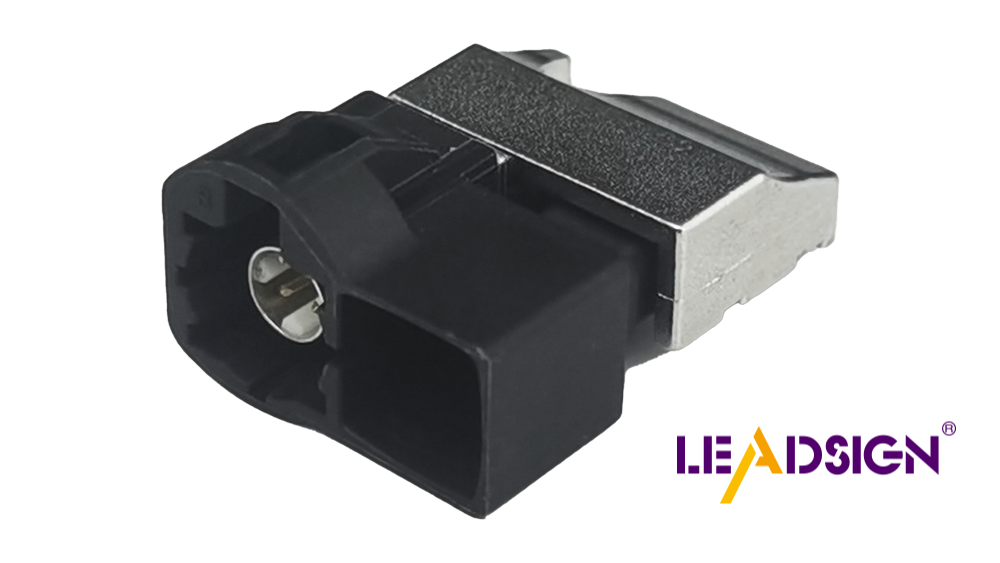How to Use Wiring Connector Types for Optimal Performance

Choosing the right wiring connector types is crucial for ensuring the safety and efficiency of your project. The connectors you select can significantly impact performance. If connectors fail, it may be due to environmental factors or frequent disconnections. These issues can lead to more failures than typical wiring. Understanding how different wiring connector types function helps maintain strong connections. Consider how your choices influence the overall success of your project.
Key Takeaways
Choosing the right wiring connector is essential for safety and efficiency in your projects.
Use wire strippers, screwdrivers, and a multimeter as essential tools to ensure safe and effective connections.
Understand the different types of connectors—twist-on, crimp, push-in, and soldered—to select the best option for your specific needs.
Always prepare wires properly by stripping insulation and checking for damage before making connections.
Make tight connections by using the appropriate tools and techniques, ensuring reliability and preventing failures.
Regularly test your connections with a multimeter to identify any issues early and maintain safety.
Prioritize safety by following best practices and using protective gear when working with electrical connections.
Essential Tools and Materials

When starting an electrical project, having the right tools is key. They make work easier and keep connections safe. Let's look at the basic tools and materials you need.
Basic Tools Required
To begin, you'll need some important tools:
Wire Strippers
Wire strippers are a must for wiring. They remove wire covers without harming the metal. This tool helps make clean strips for secure connections.
Screwdrivers
Screwdrivers are useful for screws on connectors. A set with different sizes, like flathead and Phillips, is helpful. They keep connections tight and stop them from coming loose.
Multimeter
A multimeter checks voltage, current, and resistance. It tests connections to ensure they work right. It finds circuit problems, making it great for fixing issues.
Common Materials
Besides tools, you'll need materials for wiring projects:
Electrical Tape
Electrical tape wraps wires to stop shocks and shorts. It adds protection and keeps connectors in place.
Heat Shrink Tubing
Heat shrink tubing insulates and protects connections. It shrinks when heated, sealing tightly. It keeps moisture and dust away, ensuring good performance.
With these tools and materials, you're ready for a wiring project. Each item helps keep connections safe and strong. Gather your gear and start your next task confidently!
Understanding Wiring Connector Types

Picking the right wire connectors is important for any project. Each connector type has special features and uses. These can affect how well and safely your project works. Let's look at some common wire connectors and how to use them.
Twist-On Wire Connectors
Twist-on wire nuts are liked by many DIY fans and experts. They are easy and work well to join wires.
Uses and Applications
You can use twist-on wire nuts in many places, like home wiring or car projects. They are great for joining many wires together safely. Whether fixing a light or an outlet, these connectors work well.
Advantages and Limitations
Twist-on wire nuts are simple and need no special tools. Just twist them onto wires for a safe connection. But they might not be good for places with lots of shaking, as they can get loose. Always strip and twist wires well before using the nut for best results.
Crimp Connectors
Crimp connectors give a strong and lasting connection. They are popular in factories and car work.
Types of Crimp Connectors
There are different crimp connectors, like butt splices, ring, and spade terminals. Each has a special job. Butt splices join two wires end-to-end. Ring and spade terminals connect wires to a block or screw.
Proper Crimping Techniques
To make a strong crimp, use the right tools and ways. Use a good crimping tool for the connector type. Put the wire in the connector, then press hard with the tool. A good crimp holds the wire tight without harm. Don't use pliers, as they can make a weak connection.
Push-In Connectors
Push-in connectors are fast and easy for joining wires. No twisting or crimping needed.
How They Work
Push-in connectors work by putting the stripped wire into a small hole. The connector holds the wire tight, giving a safe connection. These are great for quick fixes and setups.
Best Practices for Use
When using push-in connectors, strip the wire to the right length. Push the wire fully into the connector to stop loose connections. These connectors are best for places with little shaking, as too much movement can make the wire come out.
Knowing these wire connector types helps you choose wisely for your projects. Each type has good and bad points, so pick what fits your needs. With the right connectors, you can make sure your electrical work is safe and works well.
Soldered Connections
Soldering joins wires forever, making them strong. It's liked because it lasts long. Let's see when to solder and how to stay safe.
When to Use Soldering
Soldering is good for strong, lasting wire joins. Use it when wires might shake or move. In cars, soldering keeps wires tight in engines or music systems. Unlike screw terminals, which can get loose, soldered wires stay tight. Use soldering for important things like car lights or starters.
Safety Precautions
Be safe when soldering. Work where air moves to avoid breathing smoke. Wear goggles to keep eyes safe. Have a fire extinguisher close by. Keep your area clear of things that can burn. Use a stand for the hot iron to avoid burns. The iron gets very hot, so be careful. Unlike screw terminals, soldering needs heat, so be extra safe.
By knowing when to solder and being careful, you make strong wire joins. Whether fixing a car or home stuff, soldering is better than screw terminals for lasting strength.
Easy Steps to Make Safe Wire Connections
Making safe wire connections is important for any project. Let's go through the steps to make sure your connections are safe and strong.
Getting Wires Ready
Before connecting wires, you need to get them ready.
Taking Off Insulation
First, take off the insulation from the wire ends. Use wire strippers to remove the cover without hurting the metal. This step is important because it shows the wire for a good connection. Make sure you take off just enough insulation to fit the connector.
Checking Wires
Next, check the wires. Look for damage like fraying or rust. Bad wires can cause weak connections and dangers. If you see problems, change the wire before moving on.
Picking the Right Connector
Choosing the right connector is key for safe wire connections.
Matching Connector to Wire
Pick a connector that fits your wire type and size. Different connectors work best with certain wires. For example, twist-on connectors join many wires, while crimp connectors make a strong hold. Knowing how to use a connector right makes sure it fits well.
Thinking About Environment
Think about where the connection will be. If it's wet or shaky, pick a connector that can handle it. This helps keep the connection strong over time.
Connecting the Wires
Now, it's time to connect the wires.
Making a Tight Fit
Put the stripped wire in the connector and make it tight. If using crimp connectors, crimp wires with the right tool. Press hard to hold the wire without breaking it. A tight fit stops wires from coming loose.
Avoiding Mistakes
Avoid mistakes like using the wrong connector size or not stripping enough insulation. These can cause weak connections. Always check your work to make sure everything is right.
By following these steps, you can make safe wire connections that last. Knowing how to use connectors and crimp wires are important skills for any wiring job. With good prep and the right tools, you can do your next project confidently.
Checking for Safety and Trust
Making sure your wire connections are safe is very important. You don't want any problems later. Let's see how to check your connections well.
Using a Multimeter
A multimeter is great for checking wires. It measures voltage, current, and resistance. Here's how to use it:
Set the Multimeter: Turn the dial to the right setting. For most checks, measure voltage or continuity.
Test Voltage: Put the probes on the connection points. A steady number means a good connection. If numbers change a lot, a wire might be loose.
Check Continuity: Use the continuity setting to see if electricity flows. A beep means it's good. No beep? Check your work again.
A multimeter helps find problems early. It's like a detective for your wiring.
Looking for Loose Connections
Loose wires can cause big trouble. They might make lights flicker or start fires. Here's how to find them:
Look Closely: Check each connection. Are wires tight in connectors? If not, tighten them.
Pull Gently: Tug on wires softly. They should not move. If they do, secure them better.
Listen for Buzzing: Loose wires might buzz. If you hear it, check it out.
Lever nuts help here. They grip wires tightly, so they don't come loose. Lift the lever, put in the wire, and push the lever down. This keeps wires tight.
By doing these steps, your wiring stays safe and strong. Lever nuts make it easier and safer. With these tips, you're ready to handle electrical connections well.
Choosing the right wire connectors is very important. They keep projects safe and reliable. This stops accidents and dangers. Whether you like DIY or are an electrician, know how to use wires and terminals. Practice helps you get better. Ask for help if unsure. Safety is always first in electrical work. By learning these skills, you can do any project safely. Make sure your wire connections are safe every time.
FAQ
What are the most common types of wire connectors?
In electrical projects, you often see different wire connectors. These include twist-on wire nuts, crimp connectors, push-in connectors, and soldered connections. Each type has a special job and benefits. For example, twist-on wire nuts join many wires, while crimp connectors make strong, lasting connections.
How do I choose the right wire connector for my project?
Picking the right wire connector depends on your project's needs. Think about the wire type, size, and where it will be used. For quick connections, push-in connectors are good. For permanent ones, soldering is best. Always match the connector to the wire and consider things like moisture or shaking.
Can I use pliers instead of a crimping tool?
Using pliers instead of a crimping tool is not a good idea. Pliers can make weak connections that might fail. A crimping tool makes sure the connection is strong by using the right force. Experienced Electrician says, "Safe, dependable wire connections are key to any wiring job."
How can I test if a wire is live?
To see if a wire is live, be careful. Use a multimeter set to voltage. Put the probes on the wire's ends. If you get a reading, the wire is live. Qualified Electrician says, "Testing a wire to see if it’s live needs care and the right steps for safety."
What should I do if I'm unsure about making electrical connections?
If you're not sure about electrical connections, ask a professional. Professional Electrician says, "If unsure or uncomfortable with electrical work, it's best to ask a professional electrician." Safety should always come first.
Why is electrical testing knowledge important?
Knowing how to test electricity keeps systems safe and working well. It helps find problems before they get big. Electrical Systems Expert says, "Both pros and hobbyists need electrical testing knowledge for safe and efficient systems."
How do I prevent loose wire connections?
To stop loose wire connections, use the right connector and follow the right steps. With twist-on wire nuts, strip and twist wires well before using the nut. Check connections often for wear or looseness.
Are there any safety precautions I should take when soldering?
Yes, always work where air moves to avoid breathing fumes. Wear goggles to protect your eyes and keep a fire extinguisher nearby. Use a stand for the hot iron to avoid burns. Qualified Electrician stresses, "Testing a wire to see if it’s live needs care and the right steps for safety."
What tools are essential for making wire connections?
Important tools for wire connections are wire strippers, screwdrivers, and a multimeter. Wire strippers take off insulation without harm. Screwdrivers tighten connections, and a multimeter checks voltage, current, and resistance. These tools make sure connections are safe and work well.
How can I ensure reliable cable and wire connections?
Reliable cable and wire connections are important for good communication and data flow. Use the right connectors and tools, and follow best installation practices. IT Professional says, "In today's world, reliable cable and wire connections are key for good communication and data flow.
See Also
Enhancing Automotive Performance Through HFM Connector Solutions
Improving Data Flow in Automotive with Advanced Connectors
Essential Insights on Fakra Connectors: Benefits and Usage

